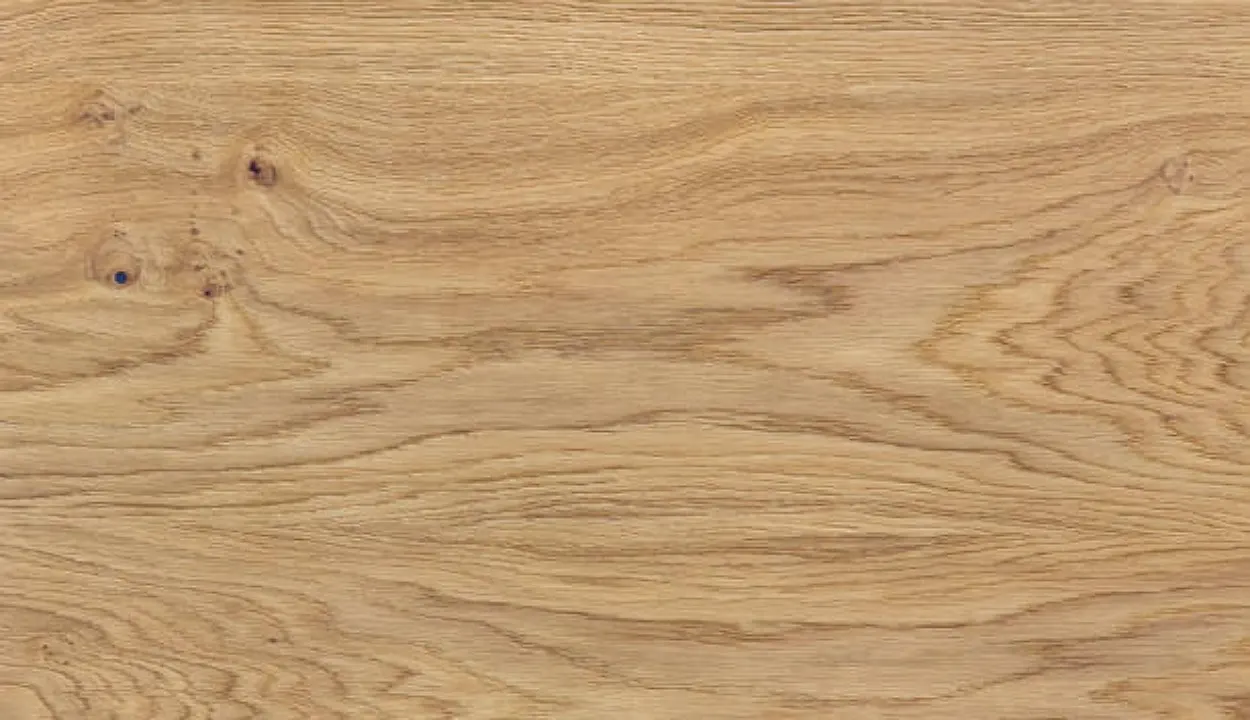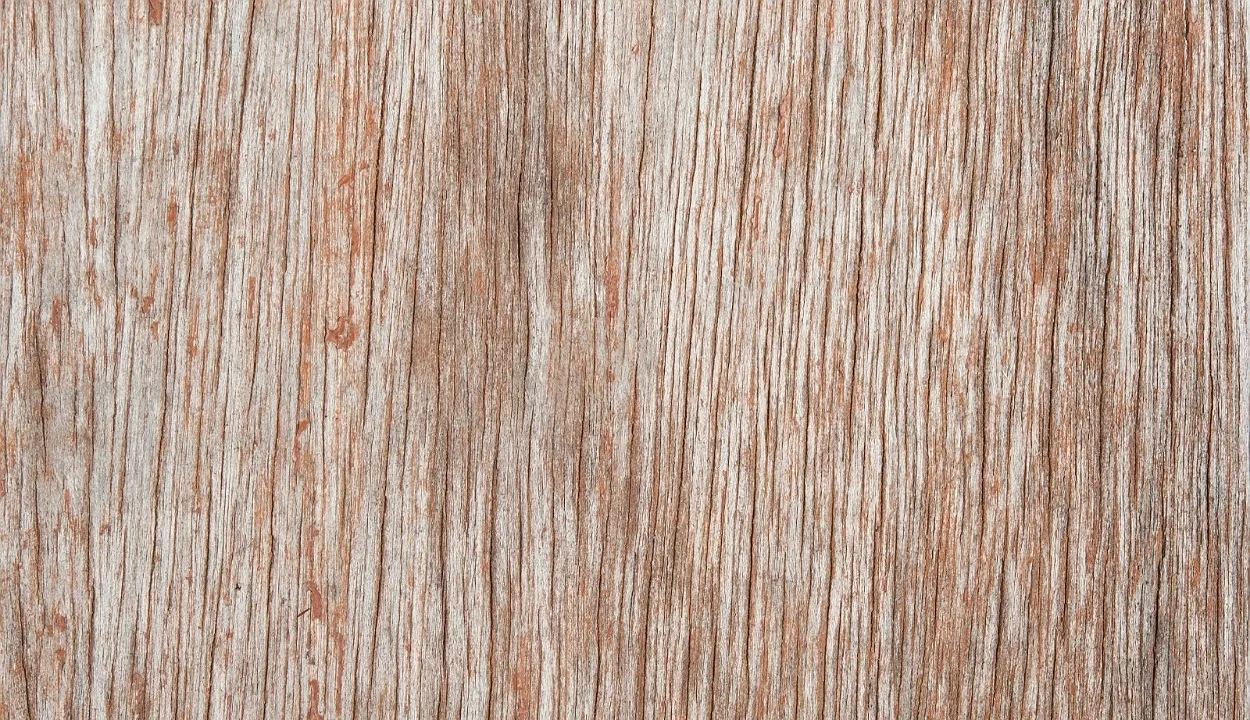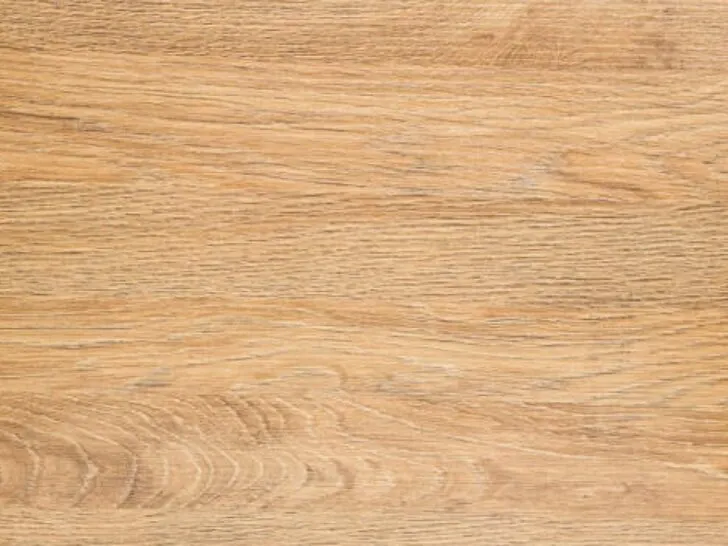A few excellent options exist to create something in or around your home out of solid timber. Oak and cedar are two typical and well-liked forms of wood that you could encounter. Although these wood kinds are frequently employed in various applications, they differ significantly.
White oak and cedar are rather simple to deal with. White oak is seen as more beautiful, heavier, and tougher. The most expensive type of cedar is western red. Oak is a wonderful substitute for teak since it frequently withstands water damage, even though teak is commonly used for outdoor furniture, such as Adirondack chairs.
Siding, roofing, decking, and fencing are just a few of the woodworking and construction projects that frequently use cedar wood. Additionally, it is utilized to make decorative items and outdoor furniture. The natural beauty of cedar wood, which ranges from reddish-brown to light tan and has either a straight or wavy grain pattern and knotty, is highly valued.
To better understand which wood you should select, look more closely at the variations between oak and cedar. Today, we’ll discuss the key differences between cedar and oak to help you choose which is ideal for your upcoming major project.

What Is Oak Wood?
An enormous tree native to the Northern Hemisphere called the oak produces oak wood, a form of hardwood. Because of its tensile strength, appealing grain patterns, and popularity, oak is a common and widely used wood for furniture, flooring, and other building purposes.
Although numerous oak trees exist, red and white oak are the two most commonly used to create timber. Due to its high density, sturdiness, and resistance to rot and decay, white oak is typically regarded as the superior wood. High-end furniture and cabinetry frequently use it because of its unusual grain pattern and color.
Depending on the species and age of the tree, oak wood can naturally fluctuate in color from light tan to dark brown. It has a coarse, frequently noticeable grain pattern gives the wood personality and substance.
The strength and density of oak wood make it a popular material for flooring, outdoor decking, and furniture that will be put to a lot of wear.
Due to its versatility, oak wood is extremely well-liked. It is a common option for carpentry and woodworking tasks since seeing, plane, sanding, and finishing are simple. Oakwood may be adapted to fit a variety of decorative styles and color schemes since it takes stain and finishing well.
Oak wood is highly prized for its cultural and historical significance and practical uses. Many antique pieces of furniture are built from oak, which has been used to make furniture for generations. The popularity of oak trees as a symbol in literature, art, and mythology is due to their frequent associations with strength, endurance, and longevity.
Hardwoods like oak often have very coarse grains. There are two types: red oak, which has a pattern that resembles water and ranges from light brown to pinkish red, and The tiger-stripe grain of white oak features yellow rays and specks. Oak is frequently utilized in furniture designed in the Arts & Crafts or Mission styles.
| Pros: | Oak wood is extremely resilient and is frequently cut in a way that prevents warping. Its obvious wavy grain gives it a distinctive appearance. A clean finish brings off the grain beautifully. |
| Cons: | Stain can excessively deepen and accentuate the grain, making wood appear two-toned. |
What Is Cedar Wood?
Cedrus trees, indigenous to the highlands of the Mediterranean region and the western Himalayas, are the source of cedar, a type of wood. The distinctive scent, exquisite grain patterns, and inherent resistance to rot and insect attack are all characteristics of cedar wood.
The Atlas cedar, Deodar cedar, Lebanon cedar, and Western red cedar are among the various species of cedar trees. Each species has distinct qualities of its own and serves multiple functions. Cedar wood is renowned for its longevity, rot and insect damage resistance, and aesthetic characteristics.

The wood contains natural oils and other substances serving as a preservative and repellent. Additionally, cedar wood has exceptional dimensional stability, is lightweight, and is simple to work with, making it less prone to warp or contract with time.
Additionally, cedar wood is linked to specific spiritual and cultural practices. For instance, many indigenous peoples in North America view cedar as a sacred wood and employ it in the construction of canoes, totem poles, and longhouses, among other things.
Because the natural oils in cedar wood are said to have a relaxing and cleansing effect, cedar wood is often employed in aromatherapy and other holistic treatment techniques.
Differences Between Oak Wood And Cedar Wood
The following are some significant variations between oak and cedar wood:
Resistance And Resilience
Although oak wood is very strong and resistant to damage from insects and abrasion, it is not naturally resistant to rot. Because of the natural oils and substances it contains, cedar wood is naturally resistant to deterioration, rot, and insect damage.
Aesthetics: Colour And Grain
On the one hand, we have oak, which often has a very straight grain and a rough, slightly abrasive texture. This wood also frequently exhibits knots and gaps. Additionally, the color of oak can range from pale beige to reddish-brown. Cedar has a fairly coarse texture and a rather straight grain, but it also has more natural luster than oak.
Cedar has many more flaws, such as knots and holes. The color of cedar also tends to be more pinkish-red. According to most people, oak is undoubtedly the most attractive of the two.
Appearance

While cedar wood has a straight grain with sporadic knots and burls, oak wood has a characteristic grain pattern with discernible rays and flecks. While cedar wood ranges from reddish-brown to light tan, oak wood is available in various tones, from golden to dark brown.
Density And Weight
As oak wood is denser and heavier than cedar wood, it is frequently used for flooring and furniture that needs to be highly durable. Cedar wood is preferred for outdoor furniture and decorative items since it is lighter and less dense than oak wood.
Workability And upkeep
Although oak wood is reasonably simple to work with and takes stain and finishing well, it needs routine upkeep to fend off deterioration and insect damage. Due to its inherent resilience to rot and insect damage, cedar wood is very simple to work with and reacts well to staining and finishing.
Cost
Due to its increased density and durability, oak wood is typically more expensive than cedar wood.
Final Thoughts
- Both oak and cedar are well-known types of wood.
- Cedar is extremely cost-effective and resistant to dampness, but it is not very durable.
- On the other hand, oak is far more resilient to physical harm despite not being as moisture-resistant.
- Even though oak is significantly more expensive than cedar, most people would agree that it looks much nicer.
- You can choose your next woodworking job with knowledge of the key distinctions between them.
- Overall, indoor furniture, flooring, and building projects requiring high sturdiness and strength frequently choose oak wood.
- For outdoor furniture, decorative items, and construction projects requiring natural resistance to insect and rot damage, cedar wood is a popular option.

